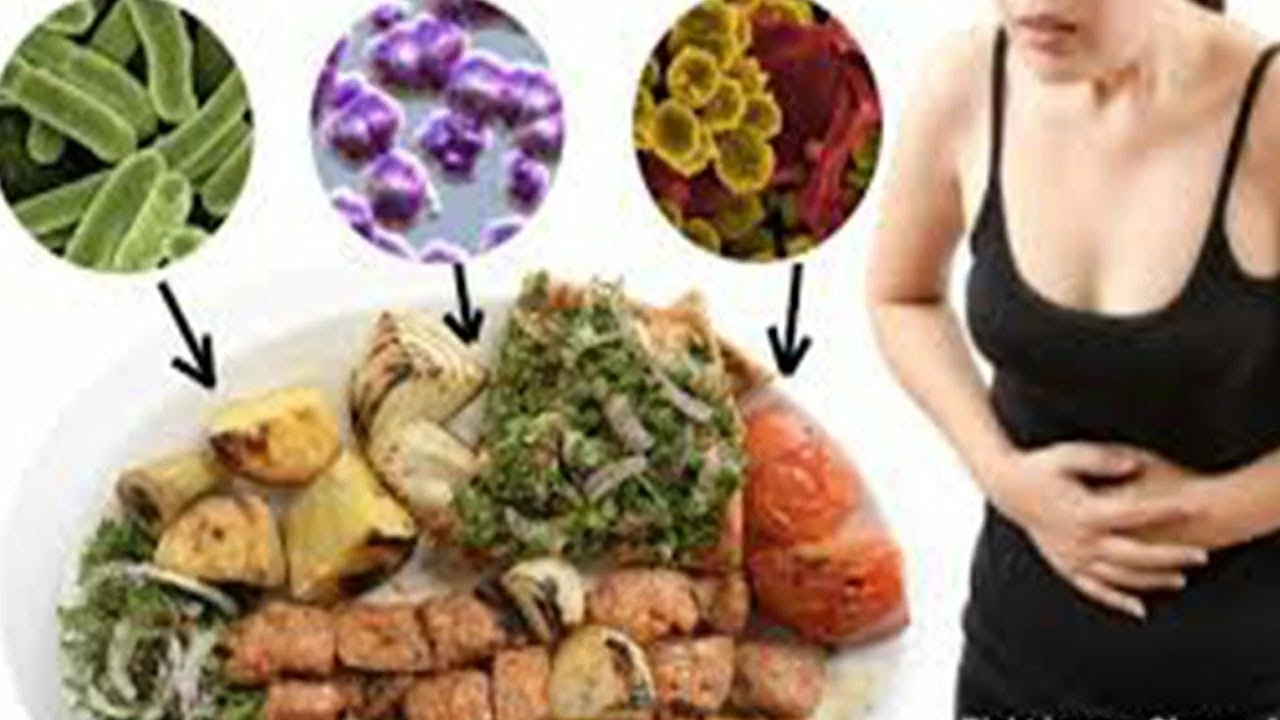Food Poisoning: What You Need to Know to Protect Yourself
Ever had a meal that turned your stomach upside down? That might have been food poisoning. It happens when you eat food contaminated with harmful bacteria, viruses, or toxins. Common culprits include undercooked meat, unwashed veggies, or expired dairy products. Knowing the causes helps you avoid the discomfort and risks tied to food poisoning.
So, what symptoms should you watch for? Nausea, vomiting, diarrhea, stomach cramps, and sometimes fever are classic signs. These can hit anywhere from a few hours to several days after you eat the bad food. If symptoms get severe—like bloody stools, high fever over 101.5°F, or dehydration—it's smart to see a doctor right away.
Practical Steps to Prevent Food Poisoning
Prevention starts with good kitchen habits. Always wash your hands before handling food, cook meats thoroughly, and keep leftovers refrigerated. Avoid cross-contamination by using separate cutting boards for raw meat and fresh produce. When in doubt, throw it out—expired or suspicious-smelling foods aren’t worth the risk. Also, be cautious when eating out or buying street food. Cleanliness matters.
What To Do If You Suspect Food Poisoning
First, stay hydrated. Vomiting and diarrhea can quickly lead to dehydration, so sip water, or use oral rehydration solutions if possible. Avoid solid food until vomiting slows down, then introduce bland items like toast or bananas. Over-the-counter meds might help with symptoms but check with a healthcare professional first. If your symptoms worsen or persist beyond a couple of days, get medical help to avoid complications.
Food poisoning is a common issue but often preventable with simple safety steps. Understanding how it happens and what to do can save you a lot of trouble and keep you feeling your best. Keep this guide handy next time you’re in the kitchen or on the go!

